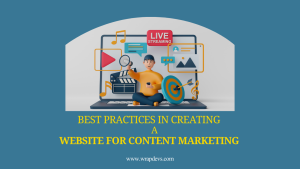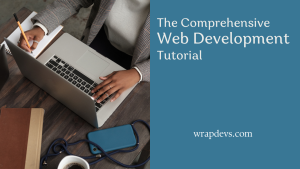
In today’s fast-paced digital world, page load time plays an important role in the optimization of search and user experience. The faster your website is loading, the better it will be for users, and the higher it may rank on search engines like Google. Why website speed matters this much and how it impacts your online success-let’s dive into those.
1. Relationship between Website Speed and SEO
a) Google’s Ranking Algorithm
Google has gone on record stating that site speed is a ranking factor. That means the faster your site, the more probable it will show up higher in results, giving you more visibility and driving organic traffic. Actually, since 2010, site speed has become one of the main signals Google uses to rank pages. Later on, Google released the Core Web Vitals update, which actually made another surge in importance on behalf of speed and UX metrics.
b) Core Web Vitals and Speed
Core Web Vitals give attention to main performance metrics including:
LCP, or Largest Contentful Paint – well, it’s just the measure of how much time it takes to load the largest element (image, text).
First Input Delay – it’s about measuring responsiveness by tracing the time it takes for your website to become interactive.
Cumulative Layout Shift – the parameter measures visual stability by tracing how many times elements shift while loading.
Improvements in these metrics will translate to improving your SEO through increased ranking potential of your website.
c) Bounce Rate and Dwell Time
This in turn, raises the bounce rate-where users immediately leave your website due to its performance. The search engines detect this, and high bounce rates can consequently reduce rankings. On the other hand, most of the faster websites enjoy longer dwell times-where users spend more time on your page, signaling the search engines that your content is useful.
2. Website Speed and User Experience (UX)
a) First Impressions Matter
The few seconds a user will take when on your site are quite crucial. With a poor load, the user may abandon your site and seek other sites. According to researchers, **40% of people will leave a website that takes over 3 seconds to load**. Speed directly influences a user’s first impression and if negative may never return.
b) Mobile Experience
As mobile browsing becomes more and more prominent, the need for a speedy website on mobile devices does as well. Google’s mobile-first indexing ranks how well your website performs on mobile above how it performs on desktop. Generally speaking, a slow mobile experience can tend to disincentivize users. Since mobile users are typically more on-the-go, they expect their experiences to be fast and fluid.
c) Engagement and Conversions
A fast website translates to form fills, purchases, and content reads. Anything that is seamless does tend to see more interaction from the users. **Amazon found that every 100ms of latency costs them 1% in sales**. This tells just how much even the tiniest of delays can amount to large percentage drops in conversion rates.
3. Optimizing Website Speed for Better SEO and UX
a) Image Optimization
High-resolution images usually take the lion’s share of blame for slow websites. Smaller images, without necessarily sacrificing quality, can make quite a big difference in loading times. Tools like Tiny PNG or ImageOptim can help you optimize your images.
b) Minimize HTTP Requests
Every element on your page-an image, a script, or CSS files-requires a separate HTTP request that can make things slow down. You can reduce these requests perhaps by combining files or using CSS sprites to get quicker loading of your pages.
c) Enable Browser Caching
Browser caching caches parts of your site-images, CSS, and JavaScript files-to the user’s browser. The next time they visit, it can load faster since their browser doesn’t have to download all the files over again.
d) Use a Content Delivery Network
A CDN distributes your site’s content across servers over the world, making sure that users load your site from one closest to them, which helps with load times.
e) Apply Lazy Loading
Lazy loading holds off loading non-essential elements – below-the-fold images, for example – until a user scrolls down to view them. It can have a great impact on initial load times, especially for image-heavy pages.
4. Tools to Measure and Improve Website Speed
Google PageSpeed Insights: This will test the speed of your site on both desktop and mobile, and offer recommendations for improvement.
GTmetrix: This offers insight into the performance of your website, with an eye toward optimization of speeds.
Pingdom Tools: You can test the load speeds from various locations from around the world.
WebPageTest: An in-depth test that provides real-world metrics from real browsers.
Conclusion
Website speed is a fundamental basis of both SEO and user experience. A fast website means better rankings, lower bounce rates, and higher conversions; with that, it will provide users with a smoother and more engaging experience. By investing in website speed optimization, you are earning in long-term success and improving the overall performance of your online presence. From image compression to reducing HTTP requests, and from CDNs to other features, ways are galore through which one can help straighten up the site to avail all the aforementioned benefits.
In this world, where users expect instant results, every second counts.



